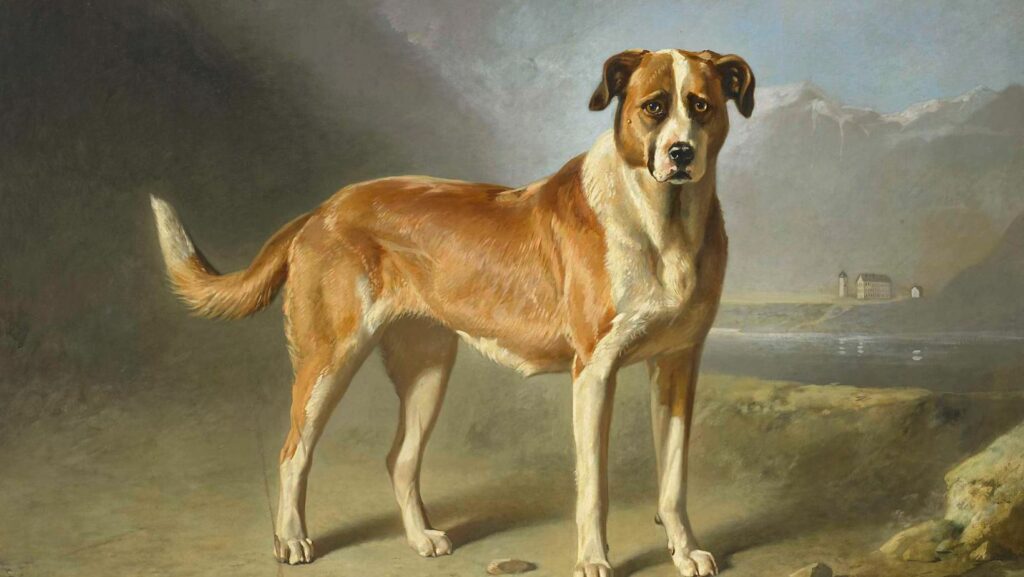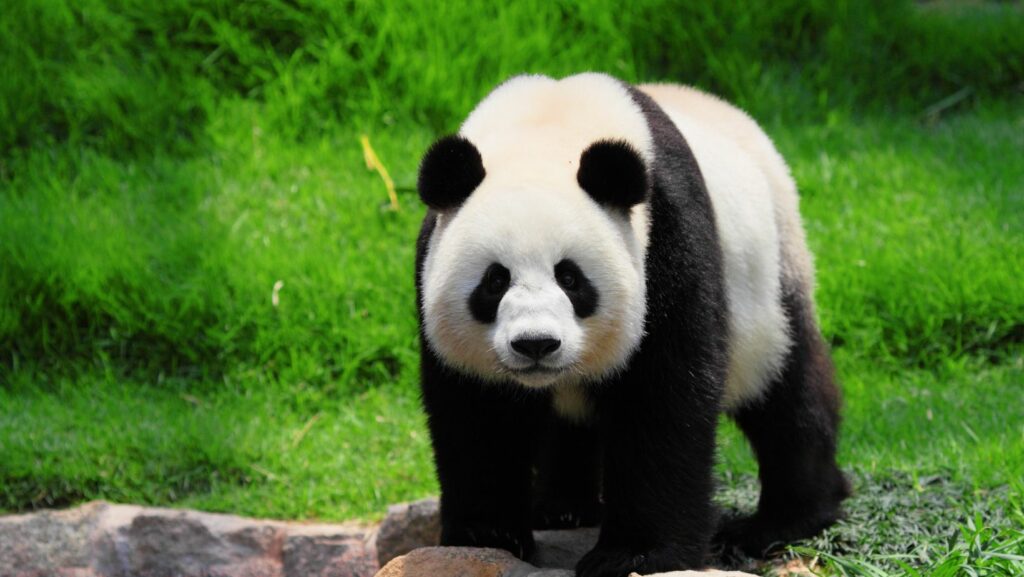Unleashing your inner artist might be just a ‘dibujo perro’ away! If you’ve ever been intrigued by the idea of sketching man’s best friend, this article is for you. We’ll delve into the world of dog drawings, exploring techniques, styles, and tips to help you perfect your craft.
Dibujo:w2dw9z2l_mk= Perro
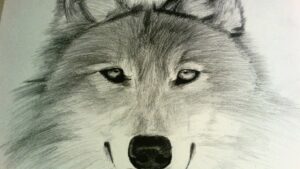
Unleashing an inner artist involves mastering the technique of drawing dogs, also known as “dibujo perro”. Central to this mastery is a comprehension of key drawing styles. By exploring a variety of styles, one can effectively improve their craft. Remember, practice alongside exploration lays the road to perfection. Each style, from realistic to cartoon-like, carries its own techniques and nuances, opening doors for artistic growth.
Another tip in perfecting “dibujo perro” relates to the study of a dog’s anatomy. This is where a deeper understanding steps in. Knowing what muscles come into play when Fido fetches a stick, or how his tail wags can all be indicators of mood, it’s these details that all contribute to a believable, lifelike drawing. And certainly, one would agree, understanding light and shadow also aids in visual accuracy.
Lastly, it never hurts to remember that “dibujo perro” isn’t simply a skill, it’s an expression of an artist’s love for man’s best friend.
Essential Steps to Draw a Dog
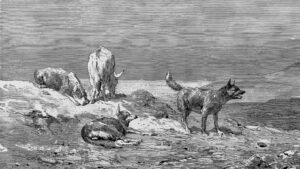
Drawing a dog, or “dibujo perro,” demands several specific steps. First, observe the dog’s shape. It usually possesses a simple, oval-like physique, along with a cylindrical face. Next, concentrate on the dog’s facial features—the eyes, nose, and ears. For instance, Labrador has rectangular, somewhat large eyes, a broad, square-shaped nose, and ears that fall off to the side.
It’s also paramount to detail their thick fur, capturing the texture and direction of it. Additional characteristics of each breed, such as a Golden Retriever’s wavy coat or a Beagle’s particular contrast in color patches, enhance the drawing’s authenticity.
Finally, incorporate light and shadow techniques into the texture of the dog, its surroundings, and how its fur interacts with the light, creating lifelike illustrations. Structures of dogs can be examined within resources such as The Artist’s Guide to Animal Anatomy book. Remember, practice solidifies these steps, leading to compelling “dibujo perro” creations.
Popular Dog Breeds to Draw
Going deeper into “dibujo perro”, focusing on specific dog breeds can drastically enhance artistic skills, providing unique elements to your illustrations. Labrador Retrievers, Beagles, Poodles, and Huskies serve as excellent subjects, each presenting unique characteristics to hone drawing techniques.
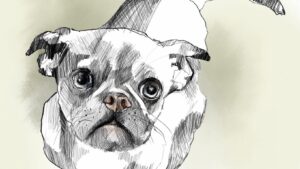
Labrador Retrievers, popular for their friendly disposition, offer distinctive features, such as short, dense fur, expressive eyes, and a broad skull. Beagles, with their tricolor coat and long ears, provide an interesting variety of shapes and shades to capture.
Poodles, known for their curly hair, demand intricate detailing in their portrayal, refining the skill of texture in drawings. Meanwhile, Huskies, with bright blue or multi-colored eyes and thick fur, challenge an artist’s ability to depict light and shadow effectively.
Delving into these breeds not only enriches the variety of one’s portfolio but also enhances the understanding of canine diversity for more realistic “dibujo perro” art pieces. Thus, exploring the breadth of these breeds is a beneficial exercise for any budding or seasoned artist.
Tips to Enhance Your Dog Drawings
Mastering the art of “dibujo perro” isn’t just about capturing a dog’s physical features. It’s about understanding the unique characteristics that define different breeds. From the playful energy of a Labrador Retriever to the dignified elegance of a Poodle, every breed offers a new challenge and opportunity for growth.
Remember, light and shadow play a crucial role in bringing your artwork to life. They’re not just tools to highlight form and structure, but also to evoke emotion and tell a story.
So, the next time you pick up your pencil, remember these tips. They’re sure to add depth and realism to your dog drawings, helping you create artwork that’s not just lifelike, but also emotionally resonant. Practice diligently and you’ll see your skills grow, one “dibujo perro” at a time.

